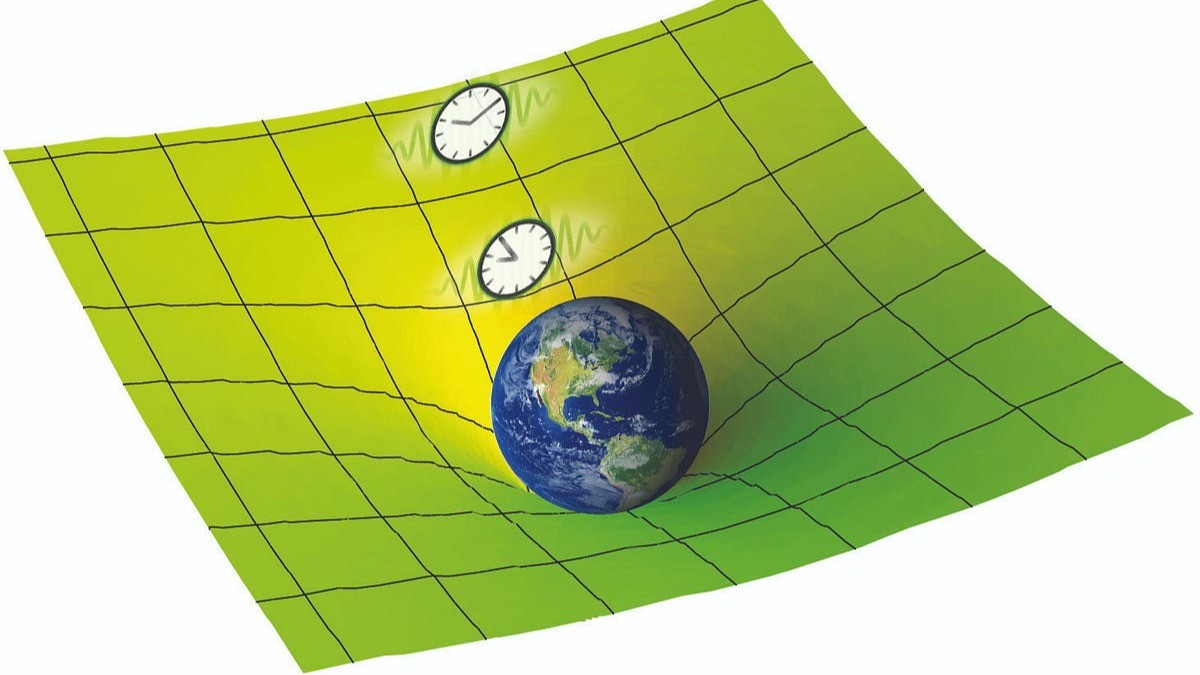zoomacademia.com – Summer is the time of year when the sun shines brightly, the days are longer, and temperatures rise. But have you ever wondered why we experience summer? The answer lies in Earth’s orbit, its tilt, and the way it interacts with the sun. Let’s explore the science behind why we have summer and how it fits into the cycle of seasons.
1. Earth’s Tilt is the Key
The primary reason we have summer is due to Earth’s axial tilt. The Earth is tilted at an angle of about 23.5 degrees relative to its orbit around the sun. This tilt causes different parts of the Earth to receive varying amounts of sunlight throughout the year. Without this tilt, we wouldn’t experience seasons at all!
During summer in the Northern Hemisphere, the North Pole is tilted towards the sun, meaning that the sunlight hits this region more directly. As a result, the Northern Hemisphere experiences warmer temperatures and longer days.
Conversely, when the Northern Hemisphere is experiencing summer, the Southern Hemisphere is tilted away from the sun, resulting in winter for places like Australia and South America. Six months later, the situation reverses, and the Southern Hemisphere experiences summer while the Northern Hemisphere goes through winter.
2. Earth’s Orbit and the Seasons
While Earth’s orbit around the sun plays a role in the change of seasons, it’s not the distance between the Earth and the sun that causes summer or winter. In fact, the Earth is actually closest to the sun in early January, during the Northern Hemisphere’s winter! This might seem surprising, but the difference in distance between Earth and the sun is relatively small and doesn’t have a significant impact on temperatures.
Instead, it’s the tilt of the Earth’s axis that determines how much sunlight different regions receive, which in turn creates the seasons. When a hemisphere is tilted towards the sun, the sunlight strikes it more directly, causing warmer temperatures and the season we know as summer.
3. Longer Days, More Sunshine
One of the most noticeable characteristics of summer is the longer daylight hours. This is also a result of Earth’s tilt. During summer, the sun takes a longer path across the sky, rising earlier and setting later. This gives us extended hours of daylight, which is why summer days feel so long.
For example, during the summer solstice—around June 21st in the Northern Hemisphere—the North Pole is tilted directly towards the sun, resulting in the longest day of the year. In places far north, such as Norway and Alaska, the sun may not set at all during this time, creating a phenomenon known as the midnight sun.
These longer days mean that the Earth’s surface receives more sunlight and energy, contributing to the warmer temperatures that characterize summer.
4. The Impact of Direct Sunlight
Another reason summer is warmer than winter has to do with the angle of the sunlight. In the summer, the sun is higher in the sky and its rays hit the Earth more directly. This means that the sun’s energy is concentrated over a smaller area, making it more intense.
In contrast, during winter, the sun is lower in the sky, and its rays hit the Earth at a slanted angle. This spreads the sun’s energy over a larger area, making it less concentrated and therefore cooler. This difference in the intensity of sunlight is why summer is hotter and winter is colder.
5. Variations in Summer Around the World
While summer is a universal phenomenon, not every place experiences summer in the same way. Temperate zones—areas located between the tropics and the polar circles—experience distinct seasons, including warm summers and cold winters. However, the closer you get to the equator, the less variation there is between seasons.
For instance, tropical regions near the equator don’t experience the same dramatic changes in temperature that places like North America or Europe do. In these regions, temperatures remain relatively warm year-round, and instead of summer and winter, they typically have wet and dry seasons.
On the other hand, in regions near the poles, summers are shorter but can still experience long daylight hours. Some areas near the Arctic Circle, for example, can experience nearly 24 hours of daylight during the summer months, although temperatures remain relatively mild.
6. Summer and the Earth’s Climate System
Summer also plays a critical role in Earth’s climate system. The increased warmth and sunlight during summer affect everything from plant growth to weather patterns. Summer months often see more thunderstorms, hurricanes, and other dynamic weather events, especially in tropical regions. Warm ocean waters during summer can fuel powerful storms like hurricanes, which typically form during this time.
Additionally, summer’s longer daylight hours and warmer temperatures are crucial for growing crops. Many plants rely on the extended periods of sunlight and warmth to thrive, making summer an essential season for agriculture in many parts of the world.
Conclusion: The Science of Summer
Summer is more than just a time for beach trips and vacations; it’s the result of Earth’s axial tilt and the way our planet orbits the sun. This tilt causes different regions of the Earth to receive varying amounts of sunlight throughout the year, leading to the changing seasons. The warmth, long days, and direct sunlight of summer are all part of the complex interaction between the Earth, the sun, and the cosmos.
As we enjoy the sunshine and warmth, we’re also experiencing one of the many wonders of the natural world—a perfectly timed cycle that has shaped life on Earth for millions of years.







